



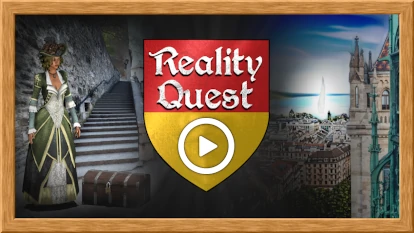
Visit the old town and discover unusual places. With your smartphone, walk the streets of Geneva and solve the puzzles hidden among the historic monuments




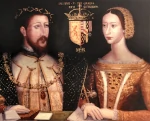
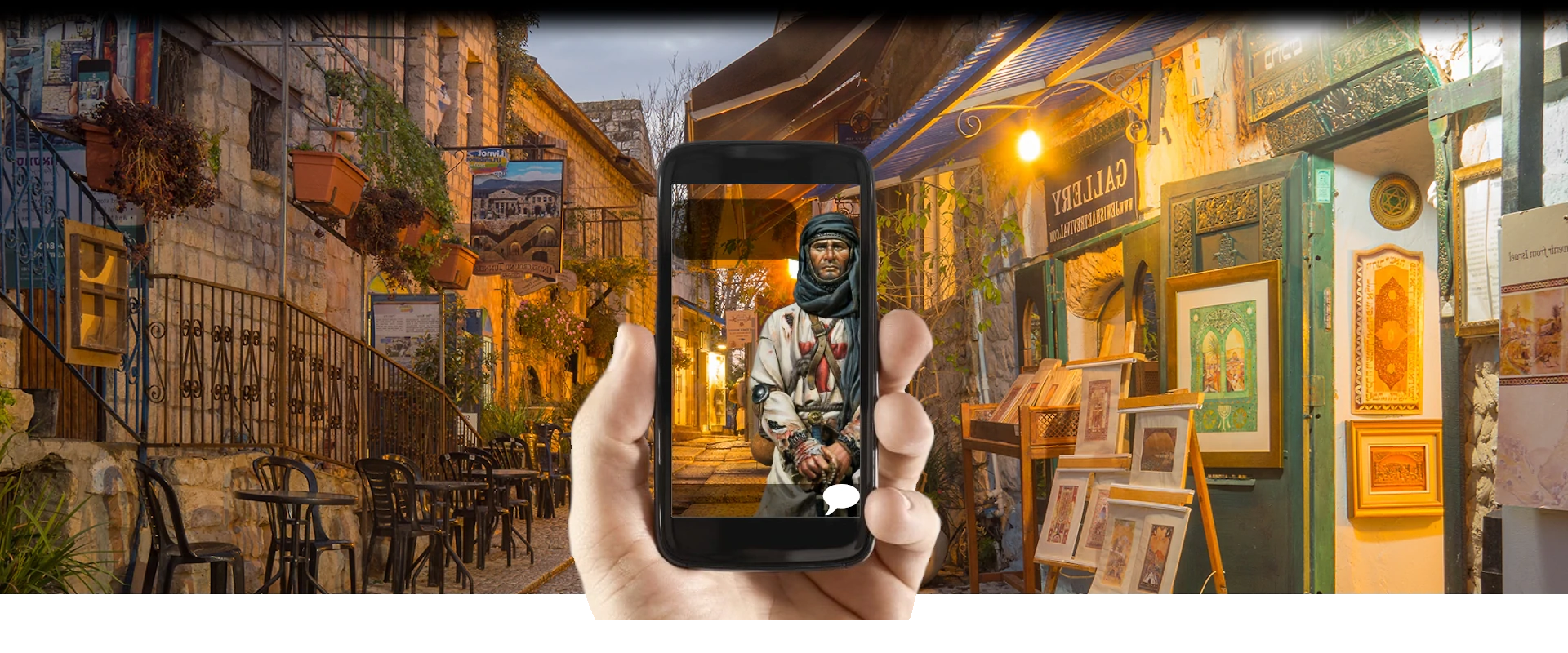
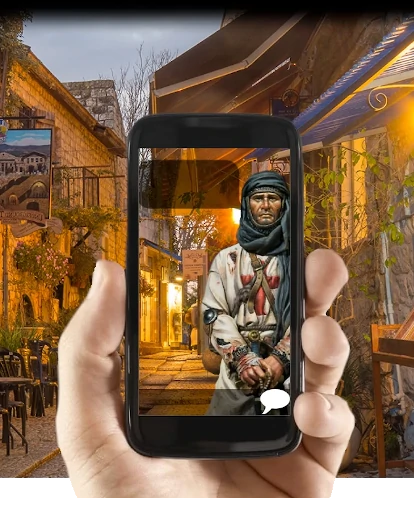
Your friend archaeologist Carles, during excavations under the cathedral, discovered a cryptex with mysterious inscriptions.
He needs your brilliant deduction skill and your symbology expertise to understand the secret it contains.
During your adventure, you will discover the history of the city and explore the old town, where enigmas have been hidden by an occult brotherhood: The Guardians of the Light.


This adventure uses the same mechanisms than the «escape game». The rules aren't explicit. The player must guess what he has to do next by considering the elements available in-app and around him.
No other knowledge except these elements are needed to resolve the enigmas. Be vigilant, you will always need to use elements from the urban decor to solve each puzzle.


The adventure is based on characters, documents and historical facts related to the city of Geneva.
Your route will take you from Place du Mollard (near the Jet d'Eau) to the streets of the old town. You will have the opportunity to visit its old cannons, the Saint-Pierre cathedral, Saint-Germain church, the town hall, the Parc des Bastions and the Wall of the reformers.
You will discover the history of the city through characters such as Jean Calvin , Jean-Jacques Rousseau, Guillaume Henri Dufour, Mary Shelley or Guillaume Farel.
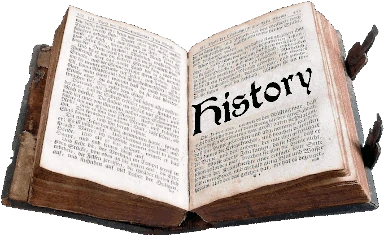

Once everyone on your team has downloaded the app, go to the Molard tramway station (line 12).
See the MapWhen you have arrived at the departure point, open the application and click on the button:
«Let's start the Adventure»
The adventure can be done entirely offline. You will not need an internet connection during the game.
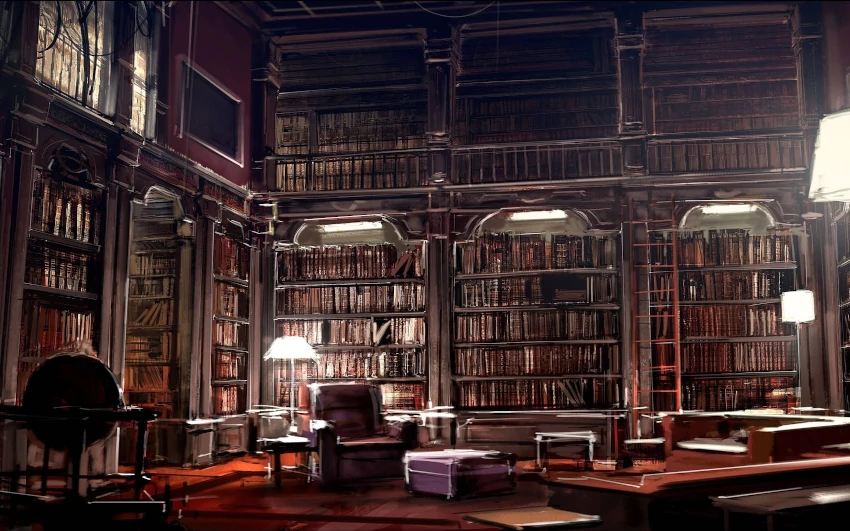

Geneva is founded by the Romans in the 2nd century BC. J.-C after the conquest of the allobroge country. The city is an advanced post of the empire and fortifications, an oppidum, are built at the top of the hill to prevent Helvetian incursions, consisting of Celtic tribes who occupied the current Switzerland. Geneva, Genua in Latin, has the same etymology as the city of Gene and means "the mouth of the river". In 350, the first Christian cathedral is built on the ruins of a pagan temple.
At the fall of the Roman Empire, the city was conquered in 443 and became the capital of the Burgundian kingdom. Then the region passes under Frank rule in 534. The power is shared between a lord, the Count of Geneva and the bishop. Then in 1124 century, the bishop gets full powers. Geneva is franchised in 1387: the bourgeois elect representatives to manage the affairs of the city, the Syndic.
In 1526, Geneva signed a treaty of alliance with Bern and Friborg.The church loses its power, the city becomes autonomous and is directed only by the aristocracy in the form of an elected council. In 1536, the city became Protestant under the leadership of Guillaume Farel and Jean Calvin. Under the threat of the neighboring Kingdom of Savoy, Geneva is forming alliances with the Swiss Confederation. In 1792, French revolutionaries invaded the city. Then, following the defeat of Napoleon, the city became independent and soon joined the Swiss confederations in 1815. At the end of the First World War, the society of nations, the future UN, was founded in Geneva in 1919, to promote collective diplomacy and avoid secret negotiations between countries.
The allobroges were a Celtic tribe who lived on the present territory of Savoy. Allobroges means the wandering people. During the annexation by the Roman Empire in the 2nd century BC, it will take the name of fir country, Sapaudia in Latin, which will give the current name of the country of Savoy.
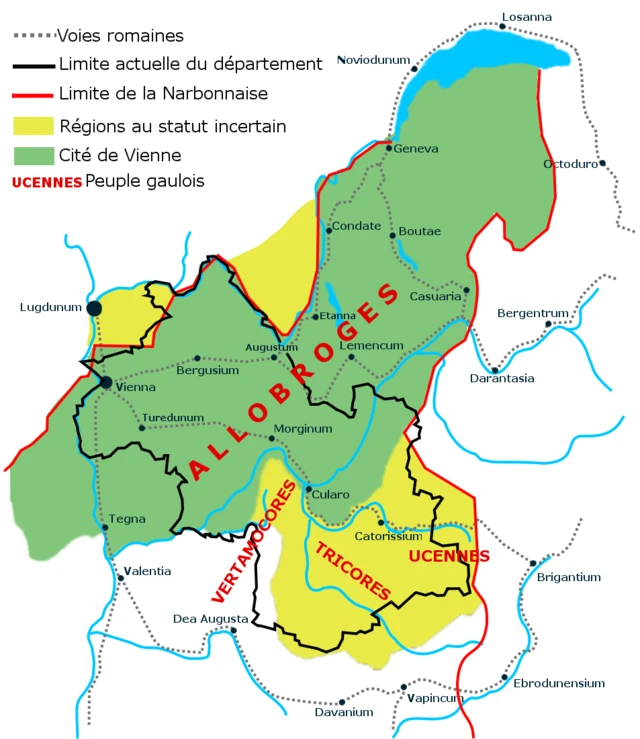
Archaeological excavations began in 1976. They revealed the tomb of an allobroges chief and a Roman presence more than 2000 years ago. Archaeologists have also discovered the remains of early Catholic churches. The first was built in 350 AD.
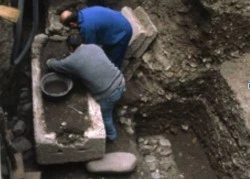
Jean Calvin is a French pastor emblematic of the Protestant Reformation of the sixteenth century. Passing through Geneva in 1536, Guillaume Farel, an itinerant and Protestant preacher, invited him to stay. Together the two men write twenty-one articles, the confession of Calvinist faith, which aims to organize the Geneva Reformed Church.
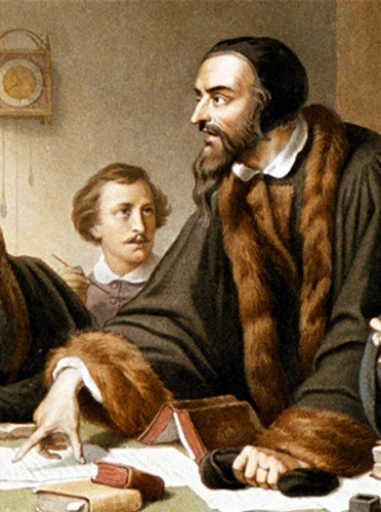
The consistory is an assembly of five pastors and twelve elders who control not only the orthodoxy of religion but also the mores of the people of Geneva, whose influence is very important in the daily life of the inhabitants of the city. The prohibitions are numerous: the non religious songs, the dance, the game, the prostitution... Many witches will be burned. They will be accused during the plague of 1544, to use the fat of dead bodies on the door locks to invoke the disease. Inquisitors regularly visit homes and interview residents to check compliance. The denunciation is encouraged. The prohibition of luxury will have an unexpected economic consequence: jewelers will turn to watchmakers. The economic sector is still important today.
The first church of the Madeleine was built in the Roman era, on the ruins of an ancient temple of Maia, goddess of spring and fertility. The church experienced several fires. The current temple dates from the 15th century. Former prostitute, Mary Magdalene is an apostle and spiritual spouse of Christ. She witnesses his crucifiction and mourns his death. It is from this episode that comes the expression: to cry like a Madeleine.
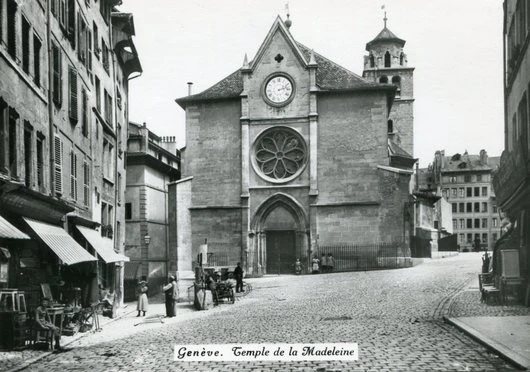
The square was built by the Romans and used for trading. During the Middle Ages, this square was home to important fairs contributing to the prosperity of Geneva. Indeed it is at the crossroads of important trade routes connecting Italy, France and Flanders. The castle of King Burgundy Gondebaud, then the manor of the Count of Geneva, were also in this place.
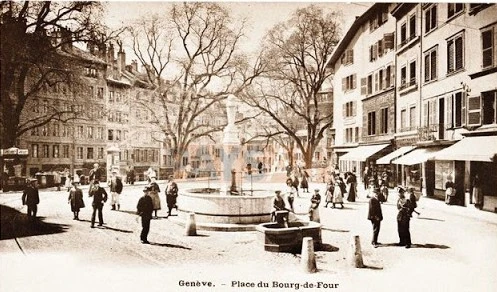
In 1815, at the fall of Napoleon, the city regains its independence and the census suffrage is restored: only the aristocrats have the right to vote. After many strikes, the people revolted and James Fazy took power in 1846, he established a new constitution guaranteeing the right to universal male voting.
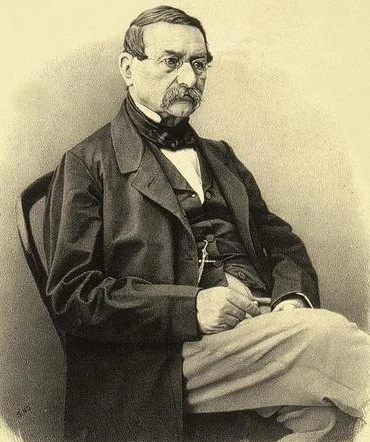
People of Baltic origin, the Burgundians migrate at the end of antiquity to the south of the Gaule and federate the Roman Empire. During his collapse, he founded their own kingdom with capital Geneva and Lyon. King Gondebaud, after having murdered two of his brothers, their wives and their sons, allies himself with the Francs in 491. To seal this alliance, he gives to their king, Clovis, the hand of his niece Clotilde. Fervent Catholic, she converts her husband, which will bring about the Christianization of a large part of Western Europe. In 532, the kingdom is annexed by the Francs, it will be the ancestor of the duchy of Burgundy.
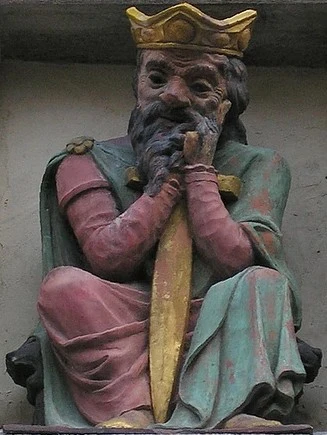
The thinness of the statue denounces juvenile abuse. When a news item or news story is about the mistreatment of someone in a position of weakness, anonymous people put flowers on the statue to protest.
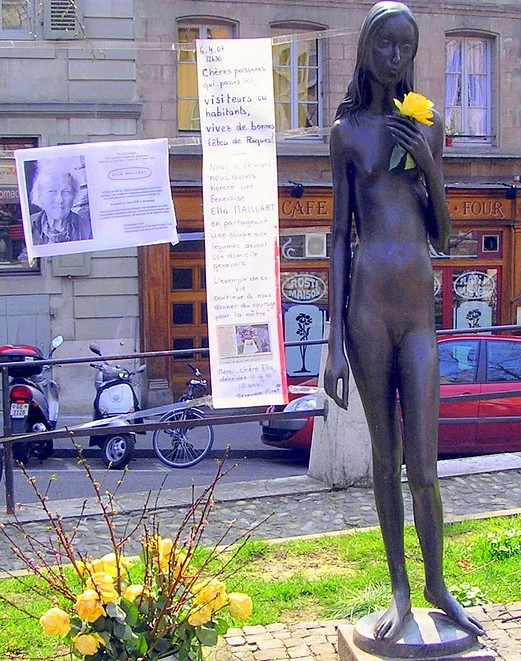
The pilgrim's goal is to reach by walking the tomb of the Apostle Jacque of Zebedee, located in the north of Spain. This pilgrimage develops following the capture of Jerusalem by the Turks in the eleventh century. The pilgrims used to bring a shell picked up on the beach near the city of Santiago de Compostela as a testimony of their journey.
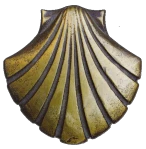
The current Gothic church dates from the fifteenth century and was at the time surrounded by a cemetery. The district housed the poor people in the Middle Ages. It was also the neighborhood of butchers and Jews.
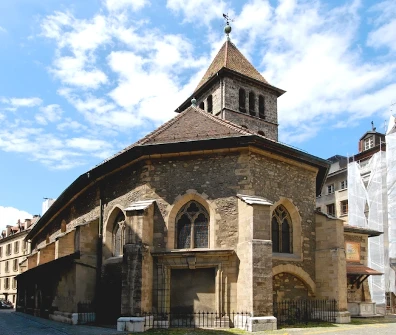
Mary is the daughter of a feminist and a London writer. She begins a love affair with a married man. Rejected by their respective parents, they take refuge in Geneva. In 1816, known as the year without summer, the eruption of a volcano in India causes a volcanic winter leading to famine across Europe. That is when Mary Shelley wrote Frankenstein or the modern Prometheus, precursory work of modern science fiction.

The current structure was built in 1633. It first served as a covered area for the market. Then it was used as an arsenal with a cannon room and a rifle depot. The cannons date from the early eighteenth century. They are adorned with lions and wolves, symbols of strength and vigilance. At the time of Napoleon (1798-1813), 200 pieces of artillery was defending the city.
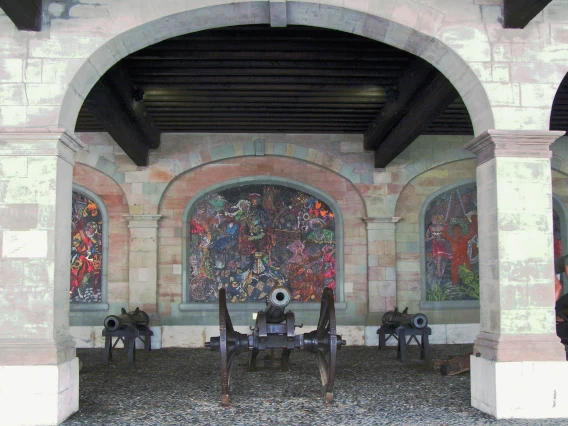
The mosaics date back to 1945. They represent three important periods in the city of Geneva. From left to right: The arrival of Julius Caesar in 58 BC and founding of the city. The trade fairs of the Middle Ages. The reception of Protestant refugees following the revocation of the Edict of Nantes in 1685 which triggers their persecution in France.
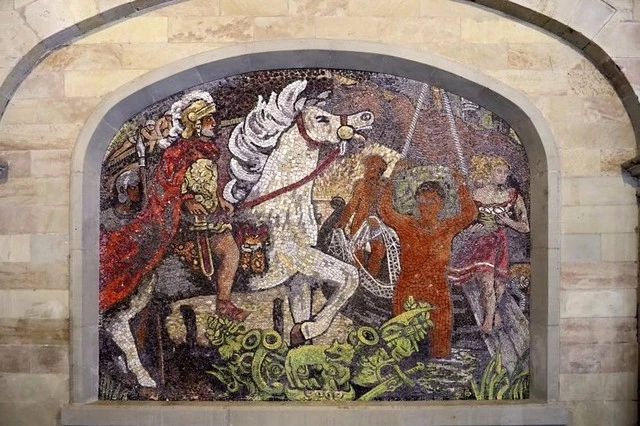
Dufour is the son of a Genevan politician. He study in France at the polytechnic school. He made a career as an engineer in the French army of Napoleon. At his fall in 1815, he returned to Geneva where he founded a military school and becomes a professor. He has for student the future Napoleon III. At the same time, he is responsible for cantonal town planning and carries out major works that considerably improve the city's infrastructure: railways, suspension bridges, boulevards, etc. It also carries out the first complete topographical atlas of Switzerland. In 1847, the Sonderbund civil war breaks out, between the Catholic and conservative cantons who want to secede, and the more progressive and democratic cantons. General Dufour takes the lead of the Swiss army against the separatist cantons and wins the peace in 27 days with a minimum of loss on both sides. He orders to take care of the prisoners, the civilians and the wounded belonging to the defeated army. He is the co-founder with Henri Dunant of the Red Cross, and organizes the first convention of Geneva, which protects, amongst other things, the rescue teams during battles.
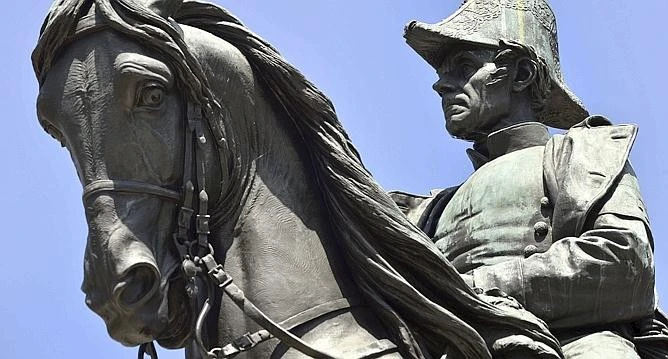
The house of the Tavel family is in front of the Arsenal. There is inside a museum of art and history. The entrance is free. Built in the 12th century, the house is a witness of the medieval architecture. It has lason an impressive model of the city made in 1850, before the removal of its fortifications. On the facade, sculptures of the faces of the former owners are represented. Animal sculptures are also present on the facade, they illustrate, according to the Tavel family, the vices of religious power in place: the pig for lust, the bear for gluttony, the lion for vanity and the dog for greed.
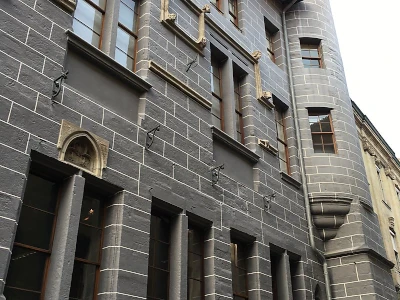
Vladimir Ilyich Ulyanov, known as Lenin, is one of the instigators of the Russian communist revolution. In 1895, he was deported to Siberia by the Tsar for five years, after which he found refuge in various European cities to organize his political action. In 1902, he settled in Geneva and created the Bolshevik party. He publishes many texts of Marxist inspiration then tries to convince the Swiss comrades to revolt without success. In 1917, after several failed revolutions, the tsarist regime collapsed. Lenin leaves Switzerland, and supported by the workers takes power in Russia.
At the beginning of the Second World War, a large anti-aircraft shelter was built under the terrace for 1200. The space was no longer used by the civil protection, it is now used for cultural exhibitions and concerts. Wall thickness provides optimum acoustics. Although neutral during the Second World War, the shelter served if pilots were mistaken for a target. What happened in 1940, the English aviation confused the city of Geneva (Genova) with the Italian city of Gene (Genoa). Eight bombs were dropped. They caused the death of eight people and injured a dozen others.
They represent the two rivers that meet in Geneva, the Rhone and the Arve, as well as Neptune, the Greek god of the rivers. The Arve is a muddy river coming from the mountains and crossing the Savoyard countryside. She is represented by an old peasant woman, a little rough and thin. The Rhone is represented by a vigorous man with Mediterranean features, sea in which flows the river. The mosaics were built in 1952.
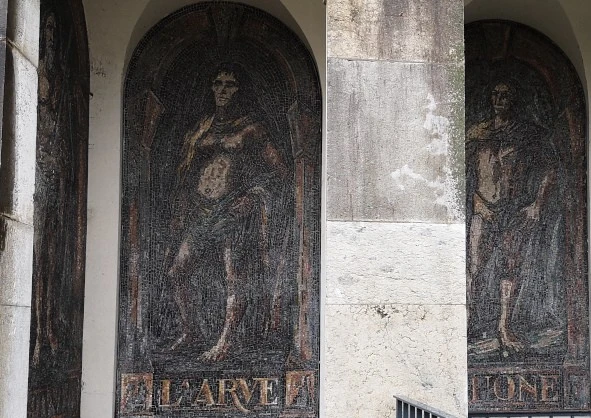
The street was used to leave the upper town in the Middle Ages. The chicanes and the multiplication of blind angles were planned to prevent the attackers from shooting arrows easily, while the defenders behind the slits could aim more easily.
Born in Geneva in 1712, he is not only Philosopher of Enlightenment. He first becomes famous because of these love novels and his music. It defines the social contract: the individual accepts the authority of society, in exchange society provides freedom and security to the individual. According to him, man in the primitive state is naturally good, it is life in society that makes him bad. Voltaire, also Genevois and Philosopher of the Enlightenment, will make fun of this idea by inviting Rousseau to come to his house to drink «milk of our cows and graze our herbs».
The stones used to build the staircase were formerly kerbstones. The numbers indicate the location numbers assigned to the merchants on the old market place.
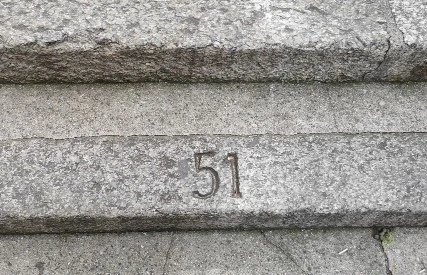
Books were extremely expensive in the Middle Ages. They were often chained to libraries to avoid theft. It took a few months for several monks to make a copy. The pages are made from sheepskin, several tens are needed for an average work. The work is tedious. Sometimes the copyist cracks and inserts comments or changes the meaning of the text to have fun. The illuminator takes care of illustrations. It is not uncommon that he enjoys hiding scatological or pornographic references in his drawings.

Although the current cathedral was built in the 12th century, the neoclassical facade dates back to the mid-18th century and the archaeological site under the cathedral reveals that the place has a long history of burial. In 1150 BC there was a tumulus: a monument dedicated to the dead people. The excavations also revealed the tomb of an allobrogous chief dating from 100 BC. Then during the installation of the Romans, a wooden temple was built: a stele dating from the second century, discovered under the cathedral, tells us that there was a cult to the god Mithra.
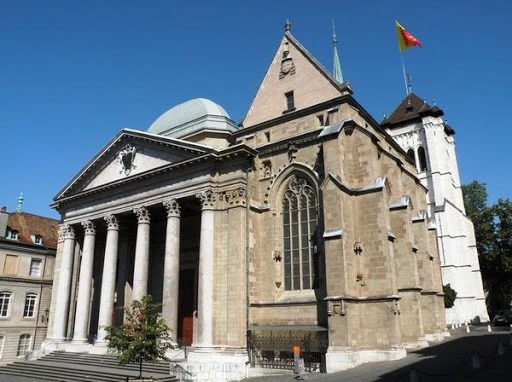
Coat of arms were in the Middle Ages what the logos are in the contemporary era. At the Middle Ages, the helmets, hiding the faces of the knights, are democratized. The blazons allow them to recognize themselves on the field battle without taking off their helmet. They became widespread throughout society from the 13th century. Shapes, colors, and representations are codified. The coat of arms on the cathedral, wearing a large hat, is reserved for ecclesiastics. The number of knots of the associated string reflects the rank of the clergyman. The double crossing cross is a patriarchal cross that symbolizes Christianity.

Guillaume Farel, nicknamed the scourge of priests, is a figure of the Protestant Reformation. He arrived in Geneva in 1532 where he preached denouncing the religious practices of the city. He was first beaten and driven away. With the support of the city of Bern and Jean Calvin, he finally imposed his will, and the city adopted the reform in 1536. However, it was banned in 1538 because of excessive rigorism.
The interior of the cathedral dates from the 12th and 13th century and mixes Romanesque and Gothic styles. Initially designed for the Catholic rite, the advent of the Protestant Reformation disrupts the interior of the building: the ornaments and paintings are emptied. Calvinist spirituality is more focused on listening to the word of God than on images. For economic reasons, the furniture and stained glass are preserved. The cathedral, however, is more than a place of worship over the centuries, as was often the case in the Middle Ages, it also serves as a common room and houses the meetings of the communal councils.
The stall, carved in walnut, dates from the 15th century. The order of the characters represented respects the double credo: a prophet followed by a saint. The saints are recognizable by their aureole and the objects they hold in their hands. It is often the weapon that was used for their execution: club, cross, knife ... The ornamentations of the misericord, small seats which, folded, allows to take standing support, do not represent any saint, because they would have been then under the buttocks of their occupants."
The chapel was built in 1405, then restored in 1878 in a neo-Gothic style. It houses the relics of the seven brothers Maccabees. They are venerated by Christians because they were slaughtered in 166 BC after refusing to deny their faith by eating pork. In the same year, Judas Maccabee started a revolt against the Greek oppressor and obtained independence for his people by allying with the Romans.
ΙΗΣ is the abbreviation of IHΣOYΣ, which means Jesus in Greek. This monogram is the emblem of the Protestant church. It is also interpreted as the initials of "Iesous hemeteron soter", that is, "Jesus our Savior".
Mithra is originally an Iranian god dating from the 2nd millennium BC. He was worshiped as a single god. He was born by a stone. After his birth he captured a bull, symbol of the control of natural forces by men. First brought back by the army of Alexander the Great, his cult was then introduced to Rome. He had his heyday in the empire in the 2nd century AD. Mithraism is a mystery cult, the adept must free himself from carnal passions by progressing through 7 grades, each corresponding to a celestial body. The Christian religion borrowed much from Mithraism. For example, the birth of the god on December 25 or the sharing of bread during the Mass.
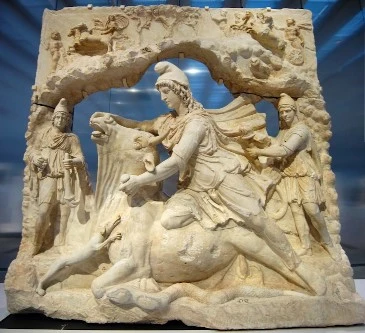
It was built in 1909 for the 400th anniversary of Calvin's birth. The sculptures represent the statesmen, pioneers or protectors of the Protestant Reformation. We can also read legislative texts guaranteeing freedom of worship in their original language.
Post Tenebras Lux, from the Old Testament, means After Dark the Light. It is the motto of the Protestant church and the city of Geneva since 1542.